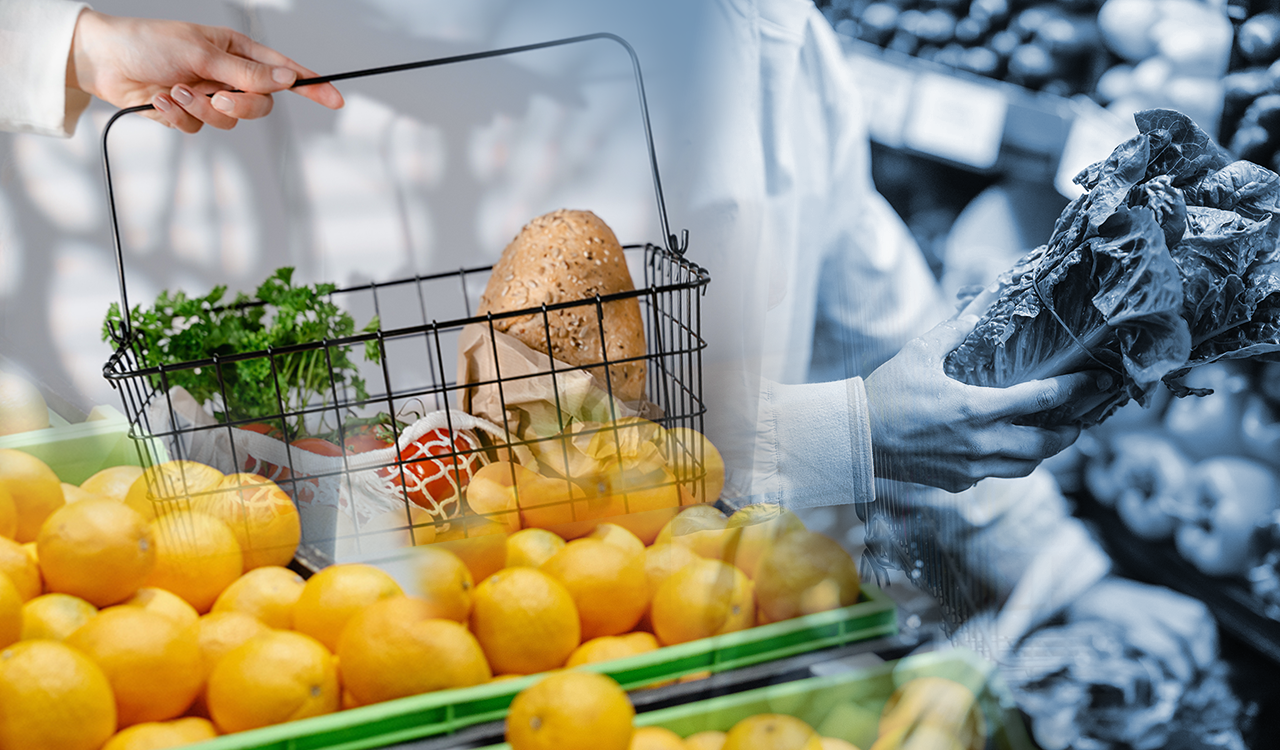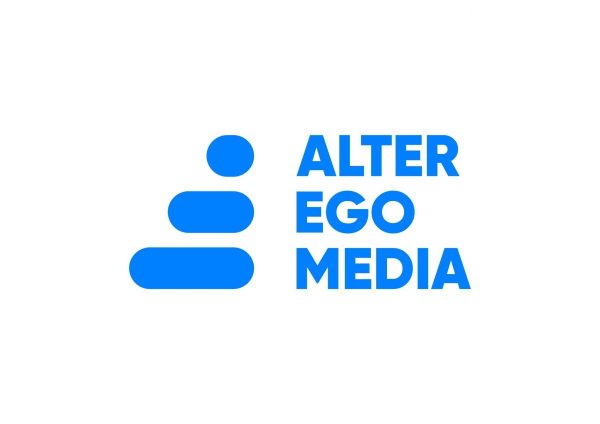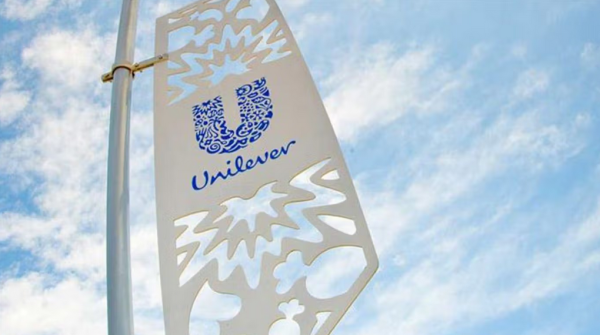
The ‘household basket’ is becoming increasingly popular, with consumers even switching supermarket chains to take advantage of these offers.
A key reason for the increase in acceptance of the basket is of course the continuation of price increases, which in essence cause a decrease in disposable income, but also the fact that retailers and suppliers have reduced other offer programs, in an effort to maintain their profit margins that were compressed in 2022 due to increased operating and production costs.
According to a recent survey, the percentage of consumers who bought products from the household basket has increased.
In the first 3 months of operation of this initiative, 64% of the public declares that they buy products from the basket.
This percentage is almost double compared to the previous measurement after the first week of the initiative, when the percentage of the public buying from the basket was 39%.
On average, the public who buys products from the basket declares that 16.3% of their purchases come from products in the cart (around 1 euro per 7 euros of purchases).
The majority of the public 39% spend up to 10% of the basket, 11% from 11 to 20% and the remaining 24% more than 20%.
Visiting other supermarkets
According to the survey, 17% of respondents visit a different supermarket than usual in order to find products from the “household basket”.
This element is healthy for competition in the industry, it shows that there are additional incentives for competition in the market and that the mobility of the consumer public is expected to intensify in the coming period.
Which products go into the household basket?
According to information, so far, beef will be added to the basket – which was temporarily added during the Christmas holidays – as well as a number of other products such as chocolates, long-life milk, more codes on cured meats and yellow cheeses, legumes (lentils , beans, chickpeas) and soft drinks.
Three more baskets are being prepared for specific periods of time (Lent, Easter and Games) which will be made available to consumers gradually.
The beginning will be made with the Lenten basket which will include fasting items (halva, tahini, seafood, etc.) and which will be valid until Holy Week and is expected to be announced on February 22.
This will be followed by the basket that will include candles and toys for the children modeled after the basket of Santa Claus, while on the Wednesday before Holy Week, according to information, the Easter basket is expected, which will contain items for the festive table.
Latest News

IMF: US Tariffs Shake Global Economy, Outlook Downbeat
IMF slashes global growth forecast to 2.8% as U.S. tariffs create uncertainty and ‘negative supply shock

First Step Towards New Audiovisual Industry Hub in Drama
The project is set to contribute to the further development of Greece’s film industry and establish Drama as an audiovisual hub in the region

Airbnb Greece – Initial CoS Ruling Deems Tax Circular Unlawful
The case reached the Council of State following annulment applications filed by the Panhellenic Federation of Property Owners (POMIDA)

Mitsotakis Unveils €1 Billion Plan for Housing, Pensioners, Public investments
Greek Prime Minister Kyriakos Mitsotakis has announced a new set of economic support measures, worth 1 billion euros, aiming to provide financial relief to citizens.

Alter Ego Ventures Invests in Pioneering Gaming Company ‘Couch Heroes’
Alter Ego Ventures' participation in the share capital of Couch Heroes marks yet another investment by the Alter Ego Media Group in innovative companies with a focus on technology.

Corruption Still Plagues Greece’s Driving Tests
While traffic accidents continue to claim lives on Greek roads daily, irregularities and under-the-table dealings in the training and testing of new drivers remain disturbingly widespread

Pope Francis Died of Stroke and Heart Failure Vatican Confirms
As news of the official cause of death spread, tributes poured in from across the globe. The 1.4 billion-member Catholic Church is united in grief, remembering a pope who championed inclusion, justice, and compassion

Increase in Both Museum Visits, Revenues for 2024
As expected, the Acropolis was the top archeological site in the country, followed by Sounion, Mycenae, the ancient theater of Epidaurus, and Vergina in northern Greece

Where Greece’s Tourists Come From: A Look at 2025’s Top Visitor Markets
The United Kingdom continues to hold the top spot as the largest source of incoming tourism, with 5.6 million seats booked for Greece this summer — up 2.2% from last year. This accounts for 20% of all international air traffic to Greece

Pope Francis: A Pontiff Who Reshaped the Papacy and Sparked a Global Conversation
His first words from the balcony of St. Peter’s Basilica—“Brothers and sisters, good evening”—set the tone for a pontificate that would challenge norms, favor mercy over dogma, and bring the papacy closer to the people.











![Πλημμύρες: Σημειώθηκαν σε επίπεδα ρεκόρ στην Ευρώπη το 2024 [γράφημα]](https://www.ot.gr/wp-content/uploads/2025/04/FLOOD_HUNGRY-90x90.jpg)




![Ξενοδοχεία: Μεγάλο το ενδιαφέρον για επενδύσεις στην Ελλάδα – Η θέση της Αθήνας [γραφήματα]](https://www.ot.gr/wp-content/uploads/2025/03/Athens-hotels-90x90.jpg)

























 Αριθμός Πιστοποίησης
Αριθμός Πιστοποίησης